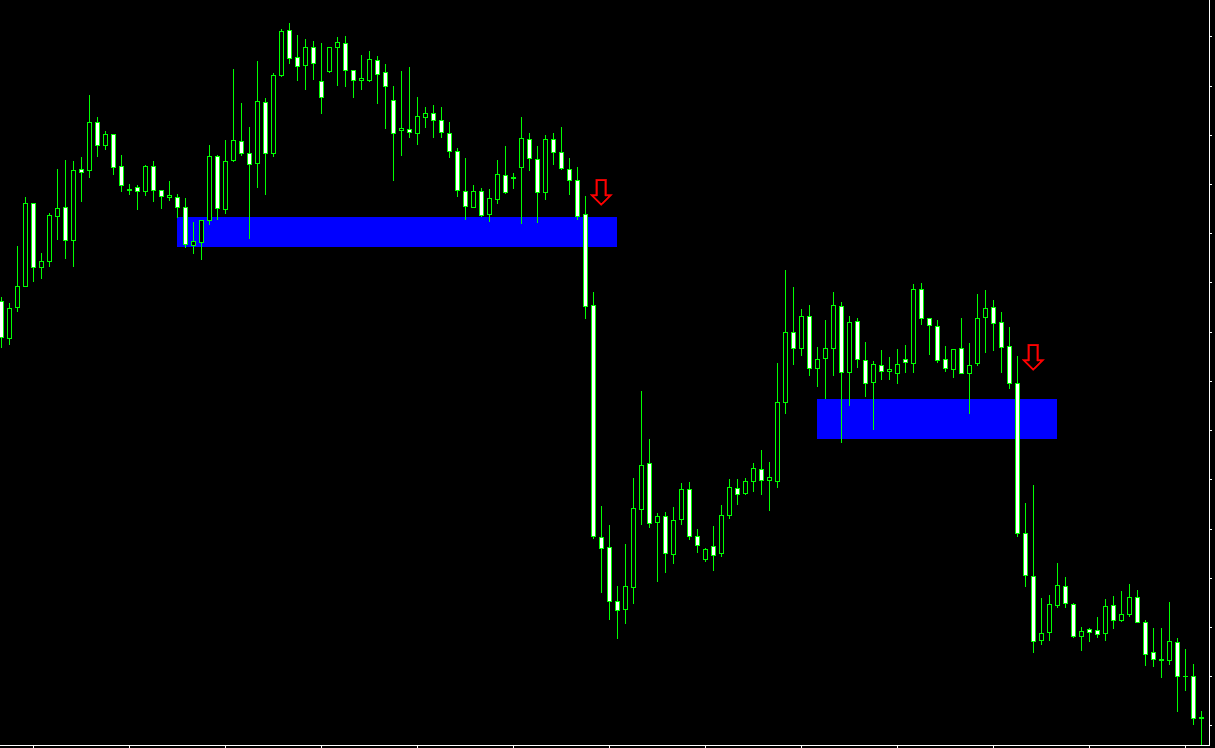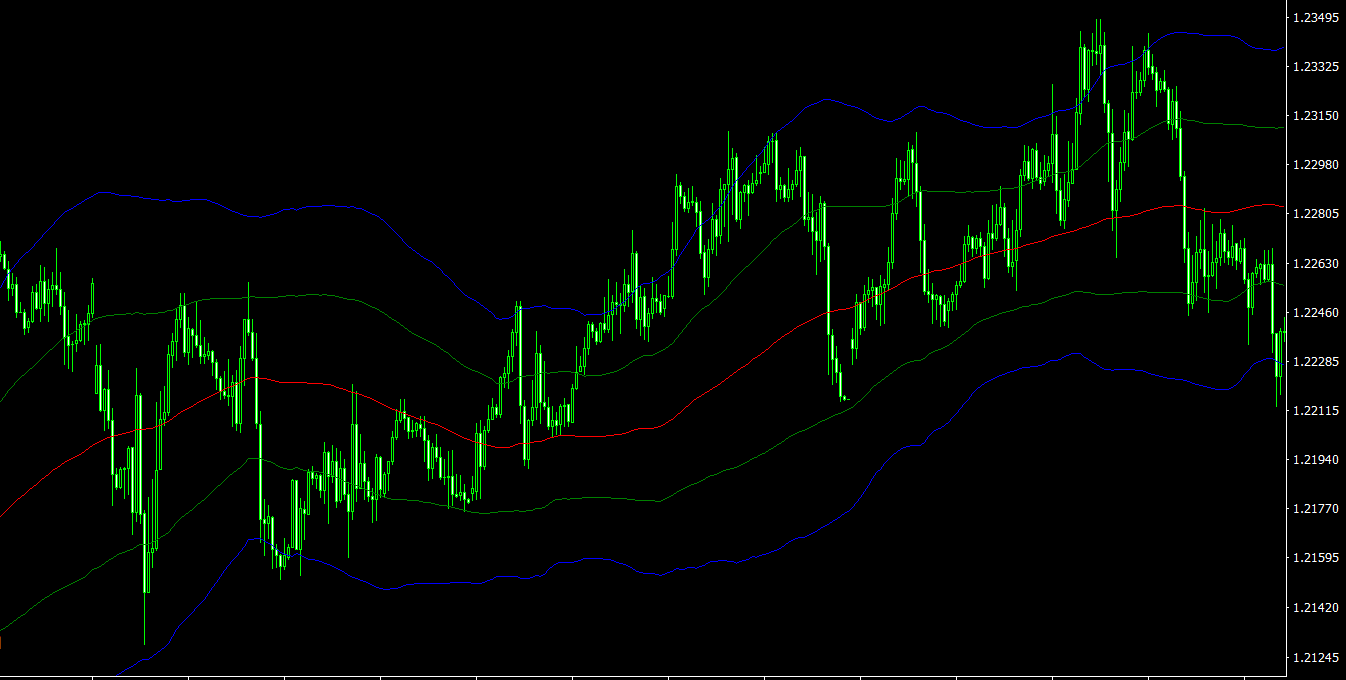The forex breakout trading strategy is a popular approach used by traders to capitalize on significant price movements that occur when currency pairs break through established support or resistance levels. This strategy can be particularly effective in capturing large profits during periods of increased market volatility. In this article, we will discuss the concept of breakout trading, the various types of breakouts, and the key steps to implementing a successful breakout trading strategy in the forex market.
Understanding Breakouts
A breakout occurs when the price of a currency pair moves beyond a pre-defined support or resistance level, indicating a potential trend or a continuation of an existing trend. Breakouts can be triggered by various factors, such as changes in market sentiment, fundamental news events, or technical factors. Identifying breakouts and understanding their underlying causes can provide traders with valuable insights into the direction and strength of future price movements.
Types of Breakouts
There are two main types of breakouts in forex trading: bullish breakouts and bearish breakouts.
a. Bullish Breakouts: A bullish breakout occurs when the price of a currency pair breaks above a resistance level, indicating potential upward momentum. Traders who anticipate bullish breakouts may look to buy (go long) the currency pair and profit from the subsequent rise in price.
b. Bearish Breakouts: A bearish breakout occurs when the price of a currency pair breaks below a support level, suggesting potential downward momentum. Traders who anticipate bearish breakouts may look to sell (go short) the currency pair and profit from the subsequent decline in price.
Identifying Breakout Opportunities
Traders can use various tools and techniques to identify potential breakout opportunities in the forex market. Some of the most common methods include:
a. Chart Patterns: Classic chart patterns, such as triangles, wedges, and rectangles, can provide traders with visual clues about impending breakouts. These patterns typically represent periods of market consolidation and can signal the potential for a breakout when the price breaks through the pattern’s boundaries.
b. Support and Resistance Levels: Traders can use horizontal support and resistance lines to identify key price levels where breakouts may occur. When the price breaches these levels, it can signify a shift in market sentiment and trigger a breakout.
c. Moving Averages: Moving averages can help traders identify trends and potential breakout points. When a shorter-term moving average crosses above a longer-term moving average, it may signal a bullish breakout. Conversely, when a shorter-term moving average crosses below a longer-term moving average, it may indicate a bearish breakout.
Implementing a Forex Breakout Trading Strategy
To successfully execute a forex breakout trading strategy, traders should follow these key steps:
a. Identify a potential breakout opportunity using chart patterns, support and resistance levels, or moving averages.
b. Set entry orders: Traders can place stop-buy orders above resistance levels for bullish breakouts or stop-sell orders below support levels for bearish breakouts. These orders will be executed if the price breaches the specified level, confirming the breakout.
c. Set stop-loss orders: To manage risk, traders should place stop-loss orders below the broken resistance level for bullish breakouts or above the broken support level for bearish breakouts. This helps limit potential losses if the breakout proves to be false.
d. Set take-profit orders: Traders should establish profit targets based on the size of the breakout, the currency pair’s average daily range, or key support and resistance levels. Setting take-profit orders helps lock in profits and avoids potential reversals.
e. Monitor the trade: After entering a breakout trade, traders should closely monitor price action and market conditions. If the breakout appears to be losing momentum or reversing, it may be necessary to exit the trade early and reevaluate the strategy.
f. Manage risk: Breakout trading can be subject to false breakouts, where the price breaches a support or resistance level but quickly reverses direction. To protect against this risk, traders should employ strict risk management techniques, such as using stop-loss orders, position sizing, and diversifying their trading portfolio.
Tips for Successful Breakout Trading
To increase the likelihood of success in breakout trading, traders should consider the following tips:
a. Trade with the trend: Breakouts are more likely to be successful when they occur in the direction of the prevailing trend. Traders should analyze trend strength and direction using tools like trendlines and moving averages before entering a breakout trade.
b. Use multiple timeframes: Analyzing currency pairs across multiple timeframes can provide valuable insights into the strength and validity of a breakout. For instance, a breakout that occurs on both the daily and 4-hour charts may have a higher probability of success than one that occurs only on a shorter timeframe.
c. Wait for confirmation: Traders should be patient and wait for the price to confirm the breakout by closing above resistance or below support. This can help avoid false breakouts and increase the probability of a successful trade.
d. Combine technical and fundamental analysis: Breakouts driven by significant fundamental news events or changes in market sentiment can be more powerful and have a higher probability of success. Traders should monitor the economic calendar and be aware of the potential impact of news releases on currency pairs.
Conclusion
The forex breakout trading strategy can be an effective way to capitalize on significant price movements in the currency market. By understanding the concept of breakouts, identifying potential breakout opportunities, and implementing a disciplined trading approach, traders can increase their chances of success in this dynamic and fast-paced market. As with any trading strategy, practice and refinement are essential to achieve consistent profits, and traders should always prioritize effective risk management to protect their capital.



